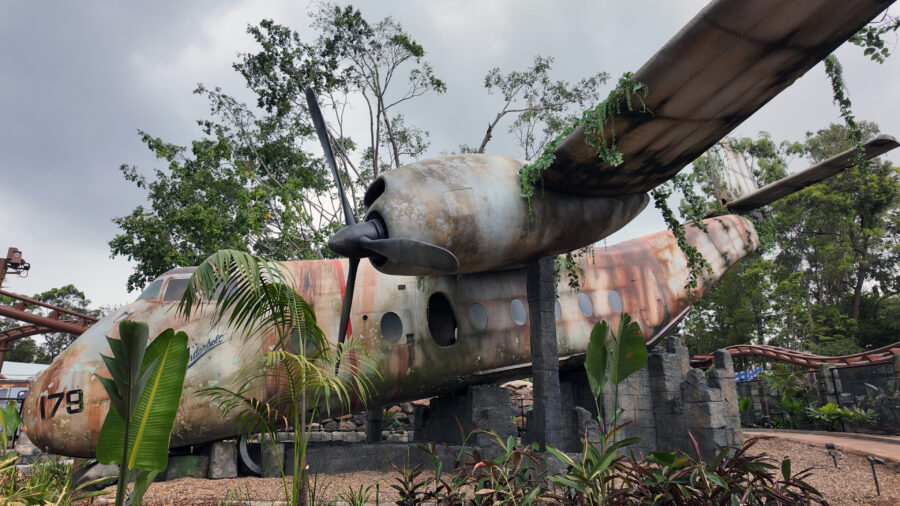Fossils of ancient marsupial lion discovered in north-west Queensland

FOSSILS BELONGING to an extinct marsupial lion have been discovered in the Riversleigh World Heritage Area (RWHA) in north-west Queensland, giving new insight into the ancient genus Wakaleo.
The 19-million-year-old remains of Wakaleo schouteni— named in honour of esteemed palaeoartist Peter Schouten—reveal that the Wakaleo genus has origins that extend much further back than scientists originally thought.
“Previously the oldest species of Wakaleo was only about 16-million-years-old, but this new species has pushed it back into the Late Oligocene,” Anna Gillespie, a palaeontologist from UNSW, told Australian Geographic.
“It also reveals the possibility that it underwent a speciation event in the Late Oligocene resulting in the co-existence of two Wakaleo species at that time.
Anna says that it’s possible that W. schouteni may be the first and oldest species of the Wakaleo genus.
“On the basis of the pattern of speciation shown by this lineage later in the Miocene, where each species was successively replaced by a larger form, the smaller Wakaleo may be older and may represent the beginning of the lineage.”
Putting the pieces of the puzzle together
Evidence of the W. schouteni first appeared in the 1980s when a volunteer spotted a pair of teeth protruding from a rock in the RWHA.
“Over the years other specimens have been discovered while collecting from sites or have appeared during the processing of material in the Vertebrate Palaeo lab at UNSW,” Anna says, until they finally had a clear picture of the new W. schouteni species.
“This new species of marsupial lion was roughly the size of a Collie dog.
“Its skull measures 164mm in length and it had a moderately broad face and it is estimated to have weighed about 23 kg. Its upper arm bone is broad which suggests it had strong forelimbs.”
Riversleigh World Heritage Area, a treasure chest
Over the years countless fossils have been recovered from the RWHA, an extensive area of freshwater limestone plateaux.
According to Anna, the limestone has allowed for some remarkable preservation.
“Limestone is continually undergoing weathering processes, being dissolved, forming caves and fissures, and being deposited as water evaporates.
“Consequently, animals which fall into the caves and crevices have a good chance of being either buried in sediment and entombed by new layers of limestone.
“This process has been happening at Riversleigh, at various rates, for at least the last 24 million years, and is still happening today, preserving the remains of modern animals caves and fissures.”
READ MORE:
- Fossils reveal giant platypus had a taste for meat
- Tiny marsupial lion named after Sir David Attenborough
- Carnivorous bilby fossil unearthed
- Tracking the evolutionary history of our once carnivorous bilbies and bandicoots




